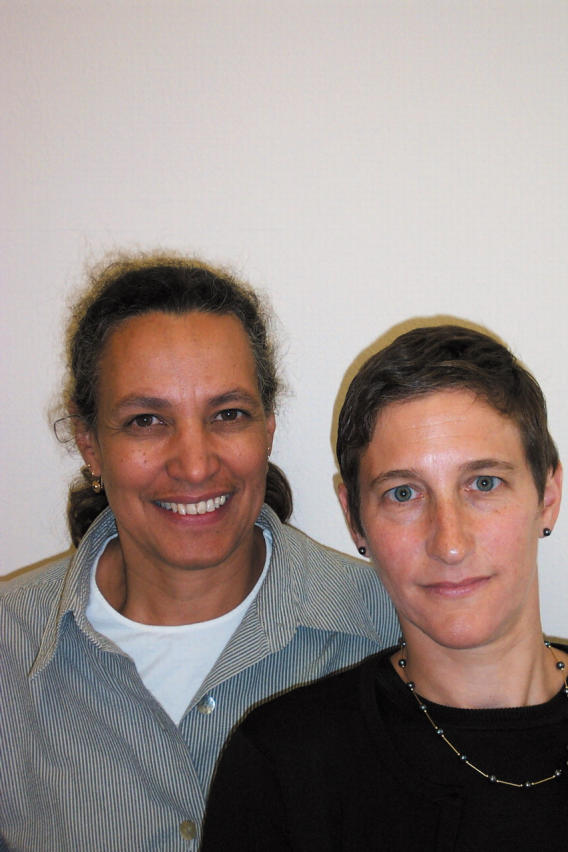
Obesity has become the public health issue of the day—and for good reason. The data outline a dismal picture and a more foreboding future. The prevalence of obesity has doubled in adults and children and tripled in adolescents over the past 2 decades. Two thirds of Americans are overweight or obese. Each year in the United States, 400 000 deaths and $117 billion in health-care and related costs are attributable to obesity.
We have a growing capacity to describe the obesity problem, as the articles in this issue demonstrate. Far more difficult is identifying effective approaches to thwarting the global pandemic of obesity, even as there are hopeful beginnings. The challenges of intervening at early ages are underscored by the FitWIC program, as articulated by Crawford in her overview piece in this issue (see also http://www.nal.usda.gov/wicworks/index.html).
There is little debate over how an individual person becomes obese: she eats more calories than she expends. Rather, debate rages over how entire populations have become obese so quickly. Sedentary lifestyles, calorie-dense foods, large portion sizes, and excessive television viewing are among the identified contributors.
Which side of the equation is most to blame? There is no doubt that physical activity levels have declined. The “eat more” influence of the food industry on nutrition and health also has been documented (see, e.g., Nestle M. Food Politics. Berkeley: University of California Press; 2002).
What should we be doing? Long lists of interventions have been recommended, but most experts agree that no single intervention will be successful on its own. The required prescription is comprehensive, multilevel interventions. Such initiatives require levels of funding that few organizations enjoy. Greater collaboration would help bring disparate resources together, but few entities have been able to organize successfully to achieve this.
There is also debate over whether increasing physical activity and improving nutrition are matters of individual behavioral change (eat better, exercise more) or environmental change (add bike paths, ensure the availability of fresh produce). While both are important, limited resources dictate that choices be made.
The sad truth is that when it comes to helping individuals lose weight, public health professionals, health care providers, and the diet industry have all been woefully unsuccessful. Long-term success stories are few. Stories of weight regained abound.
There is growing support for addressing our obesogenic—or obesity-promoting—society. How? By recognizing that people eat, smoke, and drink what is affordable and available to them ( Ebrahim S, Smith GD. Exporting failure? Coronary heart disease and stroke in developing countries. Int J Epidemiol. 2001;30:201–205).
We ought to continue to support individuals in making healthy changes in their diets and exercise habits. But more important, we need to change both policies and the environment so that they support entire communities in eating healthy foods and enjoying regular physical activity. This means reducing “supermarket wastelands” and correcting food pricing structures in low-income communities. It means improving park safety and tackling traffic flow so that it is easier to exercise.
Tobacco control is instructive. Significant reductions in the prevalence of smoking were achieved only when efforts to support individual behavior change were combined with policy interventions—including legislation, regulation, and taxation—and accessible smoking cessation services. While the speed with which obesity has become epidemic seems overwhelming, it also means the epidemic is reversible. There is still time to act.


